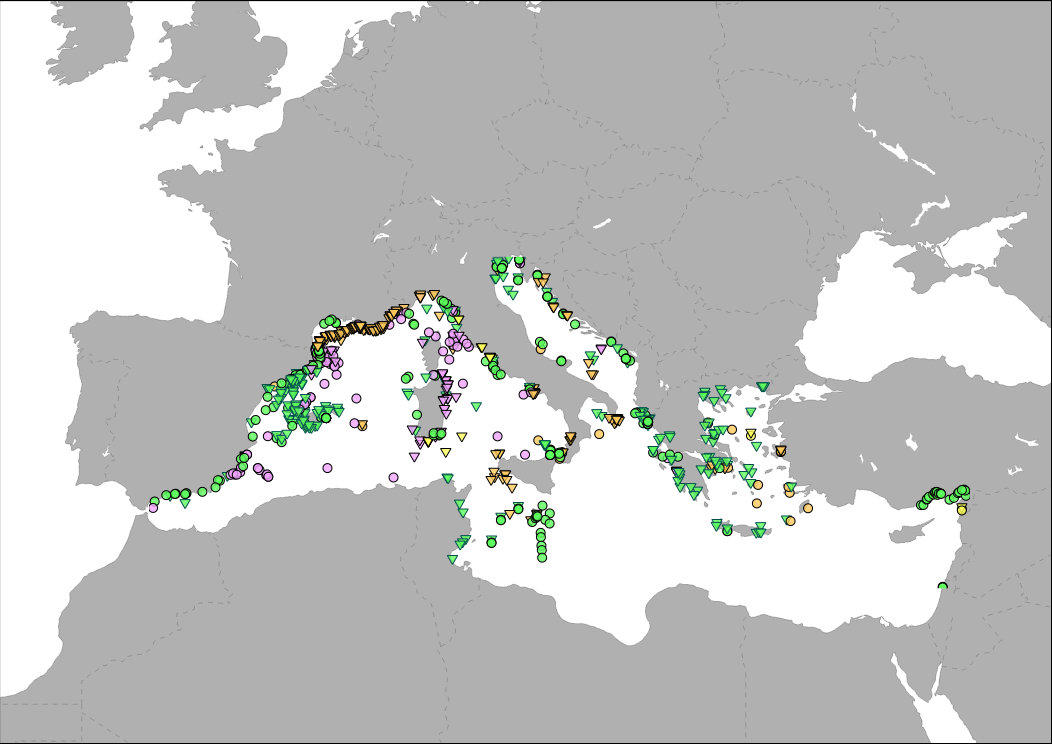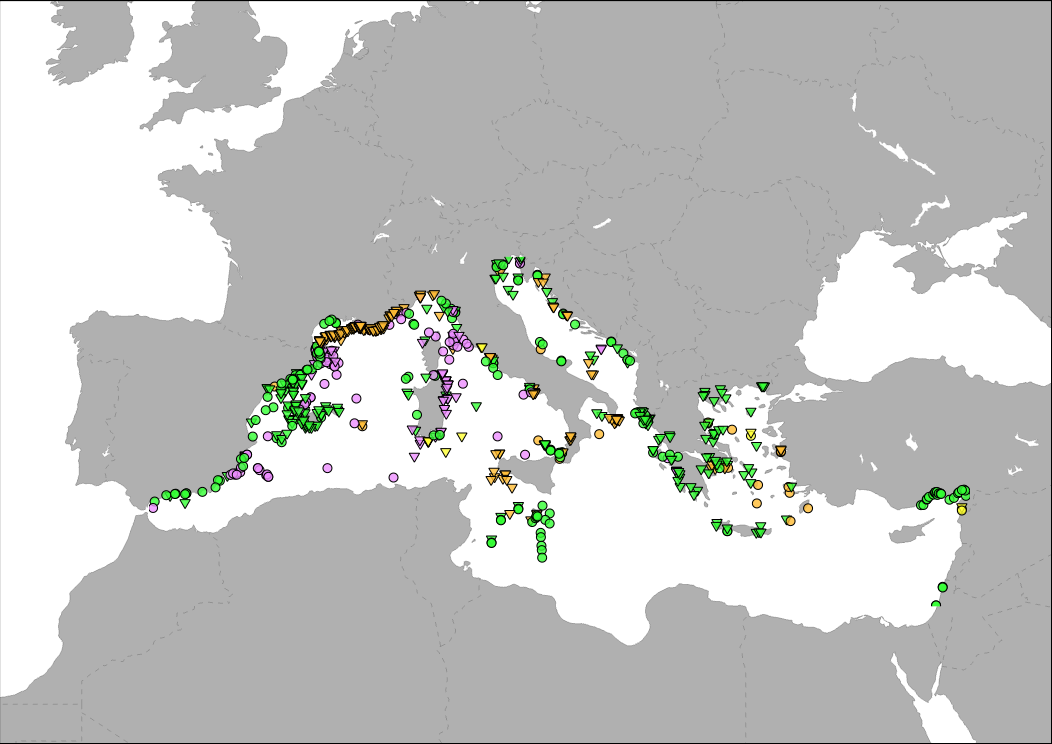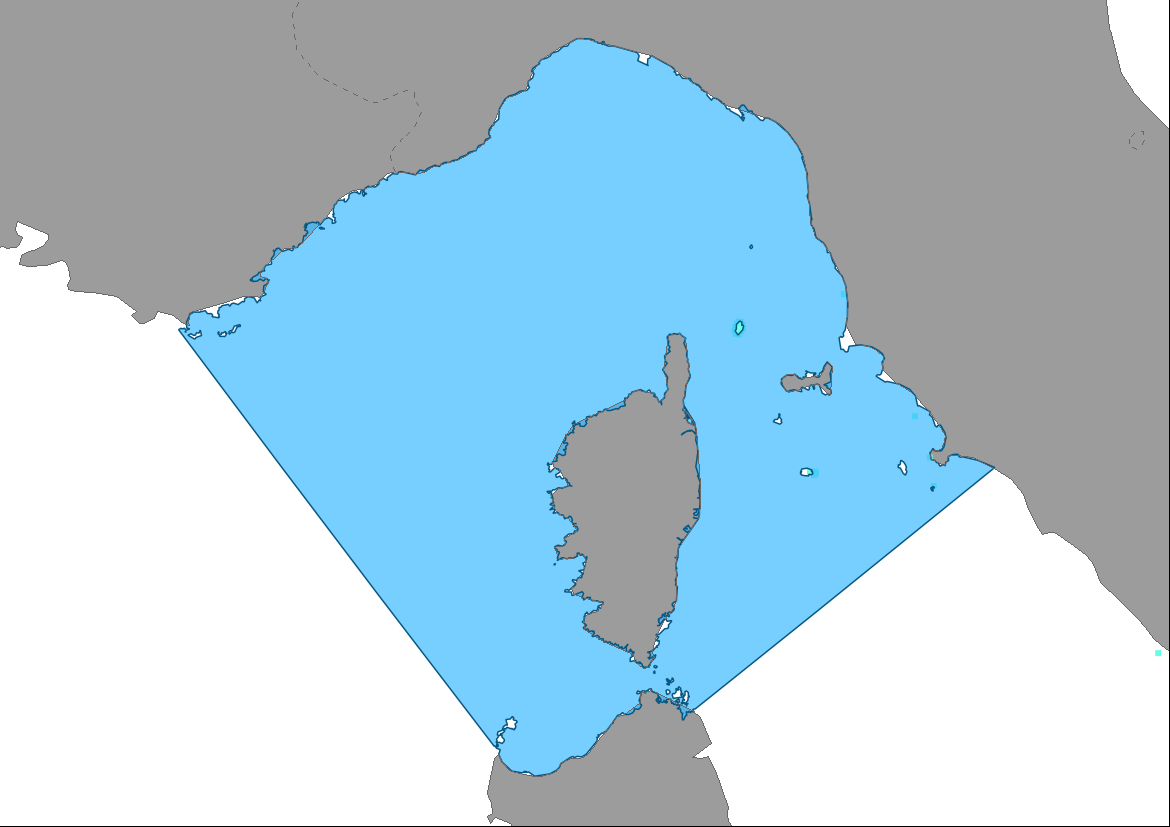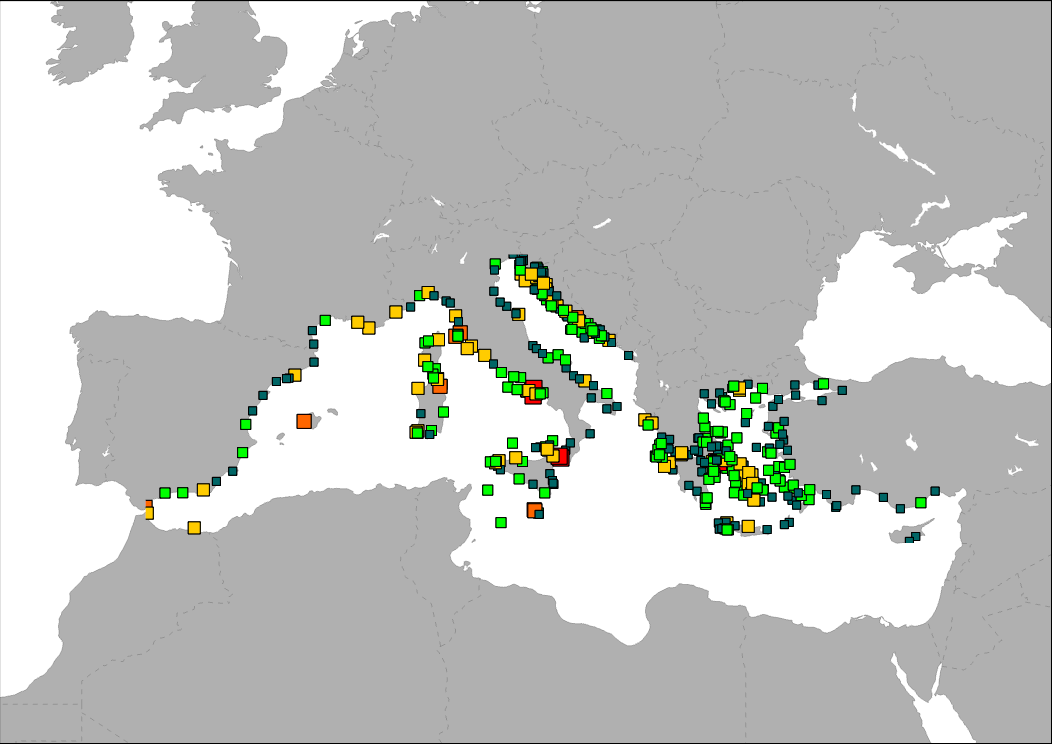Topic
boundaries
74 record(s)
Type of resources
Available actions
Topics
Keywords
Contact for the resource
Provided by
Years
Formats
Representation types
Update frequencies
Status
Scale
Resolution
panaceaKeywords
GEMET keywords
-
This dataset is the definitive set of locality boundaries for the state of Victoria as defined by Local Government and registered by the Registrar of Geographic Names. The boundaries are aligned to Vicmap Property. This dataset is part of the Vicmap Admin dataset series.
-
This dataset represents locations and boundaries of MPAs (National MPAs and Natura 2000 sites) along the Northern coasts of Mediterranean Sea. This dataset has been created based on the respective product of MAPAMED (Marine Protected Areas in the Mediterranean) GIS database that gathers information on marine protected areas of the Mediterranean, and more generally on sites of interest to the conservation of the marine environment (url: http://www.mapamed.org). It is developed and jointly administered by the MedPAN association and RAC / SPA. (http://www.mapamed.org). Coverage is the territory of the following EU countries: Spain, France, Italy, Croatia, Greece, Malta, and Cyprus.
-

Global and regional Canopy Height Maps (CHM). Created using machine learning models on high-resolution worldwide Maxar satellite imagery.
-
Medbiolitter database summarises results of scientific studies on biodiversity and marine litter interactions in the Mediterranean Sea. To this end, information is collected from different data sources, such as institutions or projects, as well as peer-reviewed publications. The main source of data currently is LITTERBASE/AWI, including only the coverage within the Mediterranean. The database currently comprises 393 records on interactions. Interaction refers to encounters between wildlife and litter items and are classified in four categories: 1) Ingestion, which is the most frequently observed interaction, followed by 2) entanglement, which affects motility, often with fatal consequences, 3) colonization, which occurs when many species settle on floating litter, and 4) others, including different types of less frequent interaction. The database includes among others the location, the type of interaction and litter, marine realm (beach, sea surface, water column, seafloor), habitat, species, whether it occurs in a marine protected area and the type in such case, as well as references to the publication from which the data are extracted. The layer is represented in different ways in the MED Biodiversity platform: 1) Marine litter and biodiversity interactions: it shows the database by type of interaction (ingestion, entanglement, colonization and other) and marine realm (pelagic or benthic). 2) Knowledge update from Nov 2008: changes in the number of records since the last update. It tries to represent the efforts of the PANACeA project to gather additional information on the Mediterranean Sea. 3) Marine litter knowledge from 1988 to 2019: shows the years of publication of the source of the records in the database. In recent dates, especially since 2015, there has been a notable increase in the number of publications related to marine litter.
-

Medbiolitter database summarises results of scientific studies on biodiversity and marine litter interactions in the Mediterranean Sea. To this end, information is collected from different data sources, such as institutions or projects, as well as peer-reviewed publications. One of the main sources of data is LITTERBASE/AWI, only including the coverage within the Mediterranean Sea. The database currently comprises 1056 records on interactions. Interaction refers to encounters between wildlife and litter items and are classified in four categories: 1) Ingestion, which is the most frequently observed interaction, followed by 2) entanglement, which affects motility, often with fatal consequences, 3) colonization, which occurs when many species settle on floating litter, and 4) others, including different types of less frequent interaction. The database includes among others the location, the type of interaction and litter, marine realm (beach, sea surface, water column, seafloor), habitat, species, whether it occurs in a marine protected area and the type in such case, as well as references to the publication from which the data are extracted.
-
Medbiolitter database summarises results of scientific studies on biodiversity and marine litter interactions in the Mediterranean Sea. To this end, information is collected from different data sources, such as institutions or projects, as well as peer-reviewed publications. The main source of data currently is LITTERBASE/AWI, including only the coverage within the Mediterranean. The database currently comprises 393 records on interactions. Interaction refers to encounters between wildlife and litter items and are classified in four categories: 1) Ingestion, which is the most frequently observed interaction, followed by 2) entanglement, which affects motility, often with fatal consequences, 3) colonization, which occurs when many species settle on floating litter, and 4) others, including different types of less frequent interaction. The database includes among others the location, the type of interaction and litter, marine realm (beach, sea surface, water column, seafloor), habitat, species, whether it occurs in a marine protected area and the type in such case, as well as references to the publication from which the data are extracted. The layer is represented in different ways in the MED Biodiversity platform: 1) Marine litter and biodiversity interactions: it shows the database by type of interaction (ingestion, entanglement, colonization and other) and marine realm (pelagic or benthic). 2) Knowledge update from Nov 2008: changes in the number of records since the last update. It tries to represent the efforts of the PANACeA project to gather additional information on the Mediterranean Sea. 3) Marine litter knowledge from 1988 to 2019: shows the years of publication of the source of the records in the database. In recent dates, especially since 2015, there has been a notable increase in the number of publications related to marine litter.
-

Medbiolitter database summarises results of scientific studies on biodiversity and marine litter interactions in the Mediterranean Sea. To this end, information is collected from different data sources, such as institutions or projects, as well as peer-reviewed publications. The main source of data currently is LITTERBASE/AWI, including only the coverage within the Mediterranean. The database currently comprises 754 records on interactions. Interaction refers to encounters between wildlife and litter items and are classified in four categories: 1) Ingestion, which is the most frequently observed interaction, followed by 2) entanglement, which affects motility, often with fatal consequences, 3) colonization, which occurs when many species settle on floating litter, and 4) others, including different types of less frequent interaction. The database includes among others the location, the type of interaction and litter, marine realm (beach, sea surface, water column, seafloor), habitat, species, whether it occurs in a marine protected area and the type in such case, as well as references to the publication from which the data are extracted. The layer is represented in different ways in the MED Biodiversity platform: 1) Marine litter and biodiversity interactions: it shows the database by type of interaction (ingestion, entanglement, colonization and other) and marine realm (pelagic or benthic). 2) Knowledge update: changes in the number of records in each database version. It tries to represent the efforts of the PANACeA project to gather additional information on the Mediterranean Sea. 3) Marine litter knowledge from 1988 to present date: shows the years of publication of the source of the records in the database. In recent dates, especially since 2015, there has been a notable increase in the number of publications related to marine litter.
-

The Marine Protected Area Protection Framework (MaPAF; Rodríguez-Rodríguez et al., 2016) was adapted to update progress on the protection of Pelagos Sanctuary marine biodiversity. Accordingly, protection was conceived as an additive process entailing two complementary factors: 1. Legal protection and 2. Managerial protection. Legal protection was assessed through two indicators: 1.1. Legal designation (this specific layer), contributing to protection coverage targets, and 1.2. Regulation stringency, contributing to strict protection targets. Managerial protection was assessed via two indicators: 2.1. Existence of a management authority for the site, and 2.2. Existence of a management plan that is fully implemented. Both indicators are expected to contribute to effective Marine Protected Areas & Other Effective Area-Based Conservation Measures (OECMs) management targets. Thus, a site can be legally protected (typically, an MPA), by management measures (e.g. an OECM), attaining different degrees of conservation to their biodiversity. Therefore, a site that has been endowed a stringent legal designation category which has an appointed managerial authority that fully implements the site’s management plan is assumed to have greater protection than a site with opposite characteristics.
-

The Marine Protected Area Protection Framework (MaPAF; Rodríguez-Rodríguez et al., 2016) was adapted to update progress on the protection of Pelagos Sanctuary marine biodiversity. Accordingly, protection was conceived as an additive process entailing two complementary factors: 1. Legal protection and 2. Managerial protection. Legal protection was assessed through two indicators: 1.1. Legal designation, contributing to protection coverage targets, and 1.2. Regulation stringency, contributing to strict protection targets. Managerial protection was assessed via two indicators: 2.1. Existence of a management authority for the site (this layer), and 2.2. Existence of a management plan that is fully implemented. Both indicators are expected to contribute to effective Marine Protected Areas & Other Effective Area-Based Conservation Measures (OECMs) management targets. Thus, a site can be legally protected (typically, an MPA), by management measures (e.g. an OECM), attaining different degrees of conservation to their biodiversity. Therefore, a site that has been endowed a stringent legal designation category which has an appointed managerial authority that fully implements the site’s management plan is assumed to have greater protection than a site with opposite characteristics.
-

The map shows the distribution of main ferry ports in the Mediterranean Sea. Ports are classified in groups according to its level of activity.
